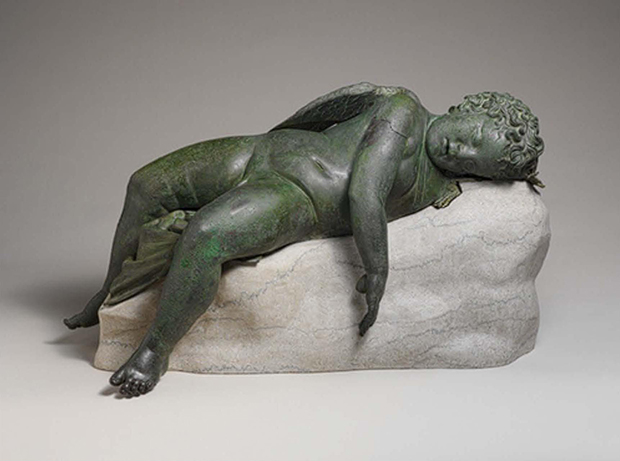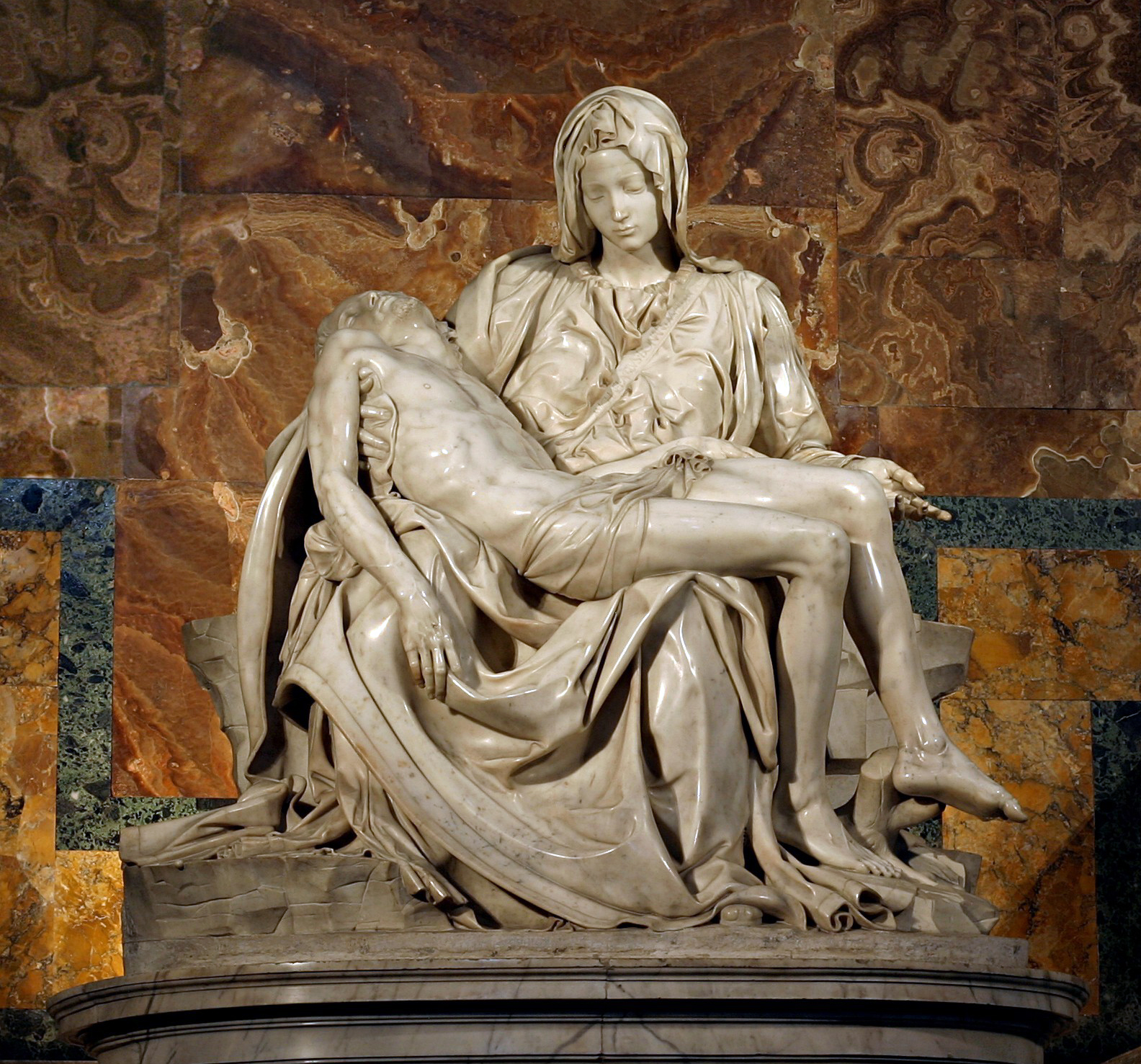
Why forgery was a good move for Michelangelo
Author Noah Charney explains how a bit of cunning deception helped launched the master artist's career
Suppose, in 2015, a young artist set out to pass his or her work off as art of a far more valuable or important provenance. Suppose they succeeded in selling this work to an influential collector. Then suppose the fraud was uncovered. It’s hard to imagine how this could end well. But one of the more remarkable aspects of Michelangelo's early attempt to create works to look like someone else’s was the way it did not end is career, but instead, launched it.
Indeed, as our author Noah Charney explains in our new overview of the subject, The Art of Forgery, ideals of artistic influence were very different in Michelangelo’s day. “Renaissance apprentices learned by copying the works of their master, with the goal of making their work indistinguishable from his,” Charney writes.
Being able to mimic an earlier period was a sign of ability, not duplicity. So, when, towards the very end of the fifteenth century, an early sculpture, sold as a Roman work, was revealed to be created by the young artist, Michelangelo Buonarotti, the fraud only emboldened his reputation.

As Charney explains, “having successfully passed off his work as a Roman marble helped add lustre to the start of a glistening career, by showing Michelangelo had the technical skill and creative genius to match his forebears.”
“Michelangelo carved the marble statue Sleeping Eros in 1496, when he was only twenty-one,” Charney goes on, “and, according to an early biographer Giovio, doctored it in order to make it appear to be ancient. The statue was passed off as such when it was sold to Cardinald Raffaele Riario, grandnephew of Pope Sixtus IV and a great collector of early Roman antiquities.”
The ruse did not last long but Michelangelo’s rising reputation made the deceit easier to bear, as Charney explains. “When Riario later found out that he had bought a forgery, he returned the statue to the dealer from whom he had bought it, Baldassarre del Milanese.

“However, between Riario buying the work and realizing he had been duped, Michelangelo had gone from being an unknown twenty-one-year-old to Rome’s hottest commodity, thanks largely to the fame of his Pietà (1498 – 99), which proudly stood in the Basilica of Saint Peter’s. Del Milanese was thus happy to take it back, and had no trouble selling it on, as it was now under the authorship of the suddenly famous Michelangelo.”
"Whether undertaken as a practical joke, to show that his work was as good as that of the ancients or for reasons of more nefarious intent, Michelangelo’s deception does not seem to have angered the original owner of the Sleeping Eros. Cardinal Riario became Michelangelo’s first patron in Rome,” Charney writes, “This is an early example of a recurring narrative: successfully fooling those who consider themselves experts does not always cause rage – it can also endear the forger to the expert." If only all forgeries had such impressive provenance.
You can read many other similar stories in our new book The Art of Forgery, and you can also gain a greater understanding of Michelangelo by reading our books on the artist's life and work. Buy them from the people who made them, here.